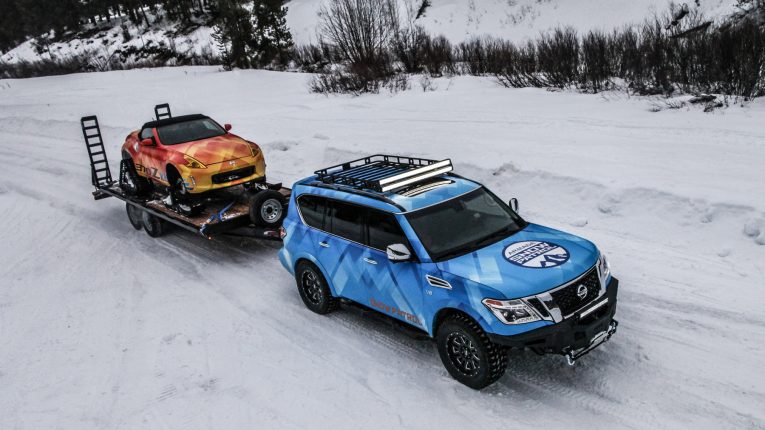
Driving in Snow Safely this Winter Season
Driving in snow might seem a bit scary, but it’s important to get ready for winter driving. With some preparation and practice, you can keep yourself safe on the roads, especially when the weather gets challenging.
The Dangers of Driving in Snow
When you’re driving in snowy conditions, several challenges can make it tricky to stay safe on the road. The presence of snow introduces a set of hazards that affect your car’s performance and your ability to navigate effectively. Some of these dangers include:
Reduced Traction: One major issue with driving in snow is the decreased traction on the roads. The snow can create a slippery surface, making it challenging for your car to grip the road. This reduced traction affects your ability to stop quickly, turn smoothly, and accelerate without slipping.
Limited Visibility: Snowfall significantly impacts visibility on the road. The falling snow and accumulated layers can obscure your view, making it difficult to see other vehicles, road signs, and potential hazards. According to the personal injury lawyers of Green Law Firm, P.C., this limited visibility increases the risk of accidents, especially in heavy snow conditions.
Black Ice: A dangerous part of driving during winter driving is black ice. This type of ice is nearly transparent, making it incredibly hard to notice. When roads have black ice, they become extremely slippery, causing your car to slide unexpectedly. The danger lies in the fact that drivers may not be aware of the presence of black ice until it’s too late, leading to loss of control and potential accidents.
Navigating through snow-covered roads demands heightened caution and preparation due to these factors. Understanding these specific dangers equips drivers with the knowledge needed to adapt their driving behaviors, maintain safe distances, and take necessary precautions to reduce the risk of accidents in snowy conditions.
Preparing for Winter Driving Conditions
There are a few things you can do to prepare for winter driving conditions:
Get your car winterized: Winterizing your car includes checking your tire pressure and tread, installing snow tires, and making sure your car’s battery is in good condition.
Pack an emergency kit: This should include items such as a flashlight, first aid kit, blankets, food, and water.
Monitor the weather: Before you head out, check the weather forecast for your area. If there is a snowstorm in the forecast, you may want to postpone your trip or take an alternate route.
Driving in Snow
When you find yourself driving in snowy conditions, it’s crucial to keep these safety tips in mind:
- Take It Slow: The top rule for driving in snow is to slow down. Going too fast makes it hard to control your car, so take it easy and go at a safe speed.
- Keep Your Distance: Make sure to leave plenty of space between your car and the one in front of you. This way, if they suddenly stop, you have enough time to react without any problems.
- Smooth Moves: Avoid slamming on your brakes or hitting the gas suddenly. Instead, make gentle and gradual movements with the accelerator and brakes. This helps keep your car steady.
- Low Gear for Starts and Stops: When you’re starting or stopping, use a low gear. This helps stop your tires from spinning and gives you better control.
- Steer Gradually: Turn your steering wheel slowly, and avoid making sharp turns. Smooth, gradual steering is the way to go.
- Watch for Black Ice: Black ice is tricky because it’s hard to see. Be extra careful when driving on bridges and overpasses, as they are common places for black ice to form.
- Cruise Control Caution: Only use cruise control when the road conditions are good. It can be risky in slippery situations because it might not let you react quickly to changes in the road.
Remember, these tips are like your winter driving toolkit. They help you stay safe and in control on snowy roads, making your journey smoother and less risky.
Handling Skids
If your car begins to skid, stay calm and follow these steps: lift your foot off the gas, and steer in the direction of the skid. Avoid slamming on the brakes, as this can make the skid even more challenging to control. By gently steering and easing off the gas, you regain control and increase the likelihood of safely navigating through the skid. Remember, staying composed and making gradual adjustments can help you regain control of your vehicle and prevent the skid from turning into a more serious situation.
Driving in snow can be tricky, but being ready and using safe driving habits is crucial. By doing the things mentioned, you can lower the chance of having an accident and make sure you stay safe while you’re on the road. Remember, a little preparation and careful driving can go a long way in making your snowy journeys safer and more secure.



